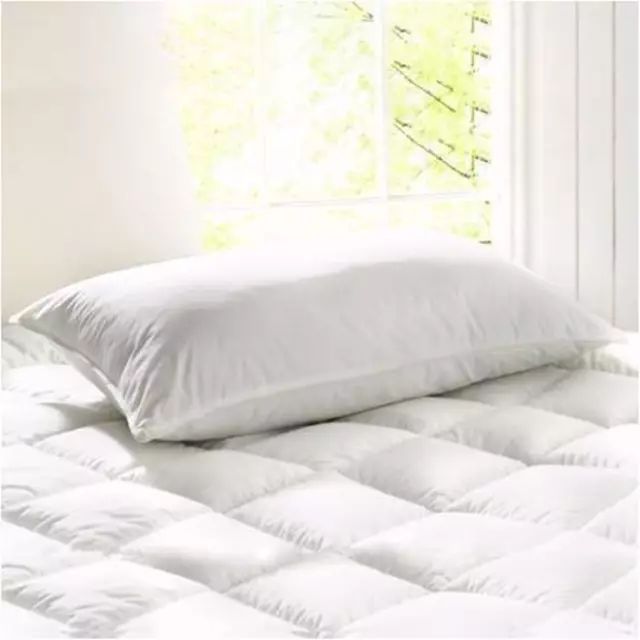
Natural antibacterial fiber
In addition to the advantages of sweat absorption and coolness, marijuana also has the particularity of odorless. Scientific experiments have confirmed that marijuana has excellent natural antibacterial and odorproof properties. Hemp fiber still shows high natural bacteriostatic power after caustic soda atmospheric pressure high-temperature cooking and hydrogen peroxide high-temperature bleaching (bacteria are killed immediately after contacting hemp). Hemp fiber has excellent moisture absorption and perspiration performance, natural antibacterial and health care performance, good soft and comfortable performance, excellent UV resistance, excellent high temperature resistance, unique wave absorption performance and natural rough style. It is known as the “king of hemp” and is widely used in clothing, home textiles, hats, shoes, socks and so on.

Chitin fiber is a high-purity chitosan fiber produced by wet spinning of high-purity chitosan with deacetylation degree of more than 98% by using high-end production technology. Because it is directly made of chitin fibrosis, it can give full play to the inherent function of chitin and has no side effects on human body. It is an extremely safe fiber. Using the characteristics of chitin fiber, antibacterial and odor proof underwear and pantyhose blended with cotton are made, which are favored by the majority of consumers. This kind of waterproof fabric is made of polyurethane, which can absorb sweat on one side, and can be used as a waterproof material. Because chitin has strong hygroscopicity, sweat is absorbed by it and diffuses and evaporates to the outer layer through the middle porous layer. The sportswear made of this material not only has good antibacterial property, but also is comfortable to wear without muggy and sticky feeling. Blended with viscose to form chitin viscose fiber: it can inhibit the reproduction of microorganisms and has a preventive effect on those with skin allergy. The main functions of chitin fiber include antibacterial and deodorizing function, skin care function, adjuvant treatment function for allergic skin, environmental protection function and antistatic function.

Amicor fiber is a new type of functional antibacterial fiber produced by acodis company in the UK. It is different from the general antibacterial fiber. It can inhibit the reproduction of specific bacteria and fungi and reduce the number of harmful microorganisms to a safe range. Although Amicor fiber is an antibacterial product, it is essentially different from ordinary antibacterial fiber products. The fiber has unique physical and chemical properties such as warmth retention, light weight, chemical corrosion resistance, mildew and bacteria resistance and good hygiene. It will not pollute the environment and will not have adverse reactions when contacting with human body. The built-in design is adopted, which is like an antibacterial agent warehouse inside the fiber. The antibacterial agent slowly dissolves out to the fiber surface to form an antibacterial ring. If the surface antibacterial agent is washed off, a new antibacterial agent will appear and form a new antibacterial ring.

Silver fiber is a high-tech product obtained by permanently bonding a layer of pure silver on the fiber surface through special technology. This structure not only keeps the original textile properties of silver fiber, but also endows it with the magical function of all silver and the magical effect of silver fiber. Silver fiber has developed from the initial electroless silver plating method to nanotechnology as the underlying technology. The silver fiber production technology combining chemical and physical methods is used to produce nano silver fiber fabric.
antibacterial finish

Quaternary ammonium salt: mainly represented by dc-5700. The positive charge carried by its quaternary nitrogen atom in the solution can destroy the microbial cell membrane, cause protein denaturation and destroy the cell structure. Positively charged quaternary ammonium salt groups also attract negatively charged bacteria, fungi and yeasts, restrict their freedom of movement and inhibit their respiratory function.
Haloamine: under the action of water molecules, N-Cl will decompose slowly and release Cl + with strong oxidation, which can kill bacteria and other microorganisms. At the same time, N-Cl in the compound is reduced to N-H. after killing bacteria, N-H in the compound can be oxidized to N-Cl after rinsing with chlorine water (the effective component is hypochlorite), so as to regain the sterilization function.
Chlorophenols: inhibit microbial growth by preventing lipid synthesis. It can strongly inhibit and kill Gram-positive bacteria, Gram-negative bacteria, fungi and viruses.

